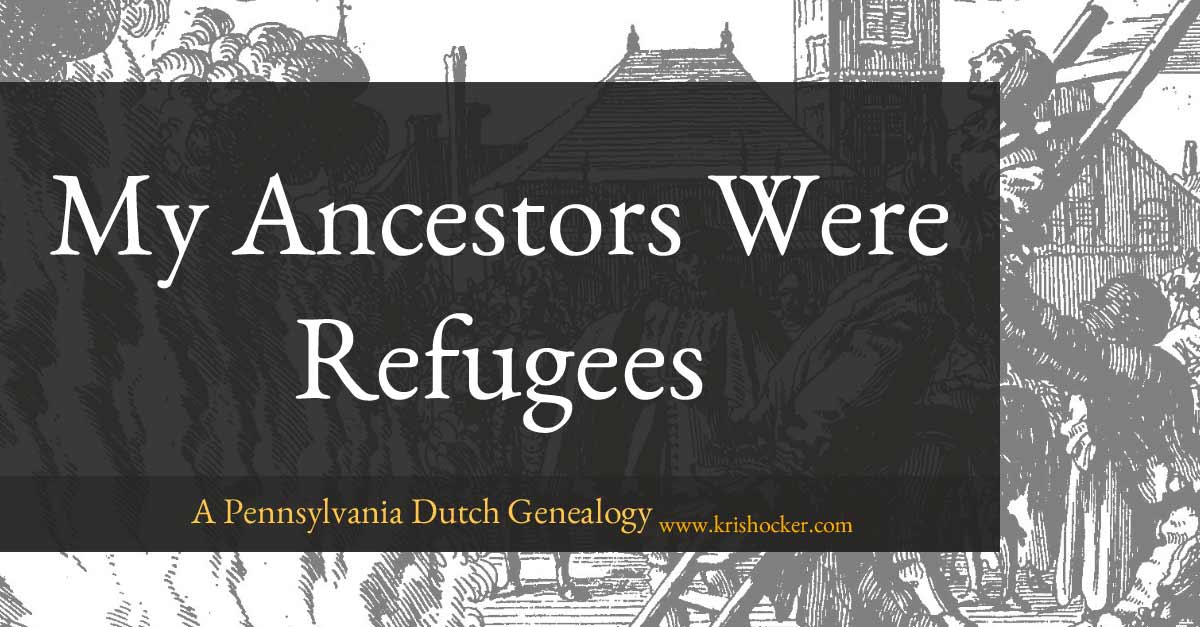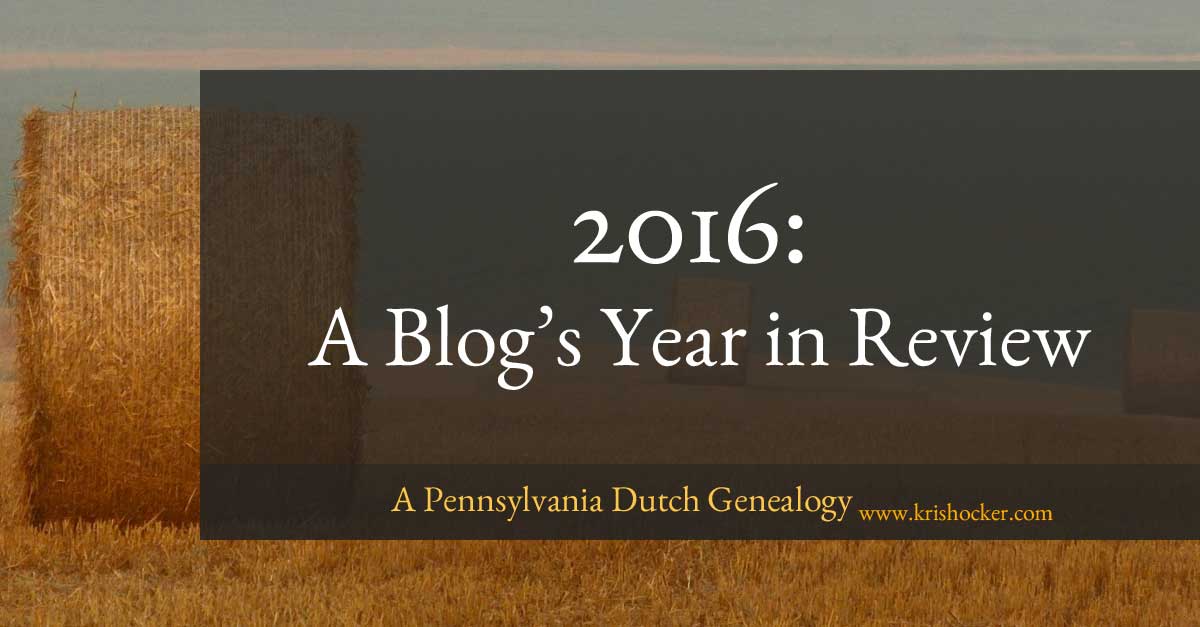Once again it’s the last day of the year. Time to look back and reflect on the past year before looking ahead the the next.
Disappointed in my 2015 writing performance here on this blog, I made a goal to increase the number of posts I’d write for 2016. I did not set a specific goal, other than to write more than in 2015.
Looking Back
So, how did I do?
In 2015, I wrote a total of 17 posts. This year I wrote 50 posts, broken down by calendar month, as follows:
- January: 7 posts (2015: 2)
- February: 3 posts (2015: 0)
- March: 4 posts (2015: 0)
- April: 1 post (2015: 0)
- May: 0 posts (2015: 3)
- June: 4 posts (2015: 0)
- July: 3 posts (2015: 0)
- August: 5 posts (2015: 3)
- September: 5 posts (2015: 2)
- October: 5 posts (2015: 3)
- November: 4 posts (2015: 2)
- December: 9 posts (2015: 2)
That’s significant improvement—although there were a couple of months with little to no posts. So, there’s room for improvement.
Did any of that content make the top ten favorite posts list for 2016?
- Making a Deed Map from Old Metes and Bounds (2015: #9)
- How to Use Pennsylvania Probate Records at FamilySearch (2015: n/a)
- Lancaster County Deed Books Online (2015: #5)
- Andreas Huber Origins: Trippstadt, Ellerstadt or Ittlingen? (2015: #6)
- Pennsylvania Warrant Township Maps (2015: #8)
- 5,000 Acres—Where Did It All Go? (2015: #7)
- Huber Immigrants (2015: #4)
- Friday Finds: Trinity Lutheran Birth and Baptismal Records Online (2015: #3)
- How to Use Online Records at the Pennsylvania State Archives (2015:#2)
- Pennsylvania Genealogical Map (2015: #1)
Nope. It’s almost the same list as in 2014 and 2015.
What if I only include those posts written in 2016? Here are the top ten from this year only:
- Easy Footnotes (April)
- Does the Spelling of a Name Really Matter? (August)
- Pirated?! (August)
- A Beautiful Circle (August)
- Shaking Those Little Leaves (July)
- Lifestyles of Early Pennsylvania German Immigrants (August)
- It’s a Really Small World (July)
- Ancestral Birthplace Chart (March)
- Was Johann Adam Hacker a Redemptioner? (January)
- Ruth Olive Hocker (February)
Three posts about using Ancestry/AncestryDNA, a couple of quick posts, a post about a WordPress plugin, and an obituary for my grandmother. Only two of those posts were planned writing exercises, rather than spur of the moment—”this is what’s happening” type of posts.
Were there any signs that the content I wrote in 2016 related to topics of interest to other genealogists?
I got comments on ten posts out of 50—twenty percent. Not bad for post engagement. Eight posts were shared on social media by readers. Surprisingly, not the posts I would have expected.
Meeting Goals
I had four goals that I believed I needed to work on in order to improve my writing. They were: focus, plan, write, and share.
I wanted to focus on a subject or family line to write about. I picked two topics. My Huber research and using deed records in genealogy research.
I wrote two series about Hubers, granted not my ancestors, but part of my research nonetheless. I wrote only one article that meets my criteria for deed research—“Does the Spelling of a Name Really Matter?”. It was the 9th most viewed of my 2016 posts. And it did not focus only on using deed records.
I started out the year planning my editorial calendar in a Google spreadsheet from a list of topics I’d been keeping in Evernote. However, a number of those articles were crossed out when I didn’t write them. Only one was later incorporated in my post “Lifestyles of Early Pennsylvania German Immigrants” (#5 on the list of top 2016 posts).
I did, however, include more research articles, including three written as a series, made up of eight posts. I wrote about Abraham Huber in a three-part series, John Weidman’s pedigree in a two-post series, and Georg and Anna Maria (Hooß) Huber in three posts. None of these were among the most viewed posts in 2016.
I also covered surprise finds from my Hacker-Hocker research and I wrote an obituary for my grandmother who passed away in February. None of which I’d planned.
So, I increased the number of posts I wrote and—with those series—included documentation of some of my research findings.
Just recently I started sharing more. I added a Facebook page for the site and I’ve been sharing posts there and to my Google+, Twitter, and Pinterest accounts regularly. Some of my posts have even been shared by others on social networking.
I also wanted to release another book—maybe two—in 2016. I got An Index to Lancaster County, Pennsylvania Online Deeds, Books I-M written, formatted, edited and uploaded for production on Lulu and Amazon, but decided not to go forward when the Lancaster County Register of Deeds released their new online viewer for both deed books and deed book indices. No need for a book when there’s online access 24/7—especially when my earlier ebooks were pirated and distributed online for free—a real motivation killer, for sure.
I’ve been working on several other book projects, but since they’re more involved genealogical works, they’re taking longer. The research is slow going.
All in all, I have to say that although I slacked off here and there, I did fairly well in 2016. There’s room for improvement, of course, but measured against my goals—a good job. Go, me! 😉
How was your 2016?
Looking Forward
My goals for 2017 are not so different than my goals for this year. I’d like to increase the number of posts I write and to share more.
But I’m going to be realistic. There’s no way I’m going to pump out fully fleshed out research reports weekly—or even monthly. It’s just not going to happen. Hello, life!
So, I think I’ve finally convinced myself that there’s nothing wrong with posting an individual record—how I found it, what it includes, how it fits into a person’s life story—rather than waiting until I can write the full story. I’m going to share more bits and pieces. Incomplete research. Ideas I’m working on. I was thinking social media would be the venue for that, but I think it’s better to use my website as the hub and share it from there.
So, a long post to show you where I’m at. Maybe—if I’m feeling really ambitious—I might tackle the idea of regular emails to site subscribers to keep them up-to-date. I guess we’ll just have to see what 2017 brings.




